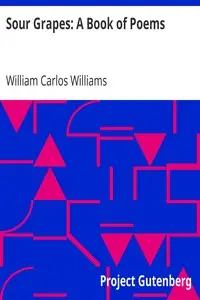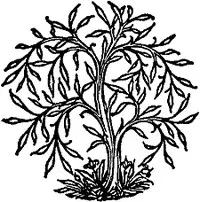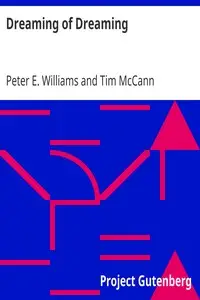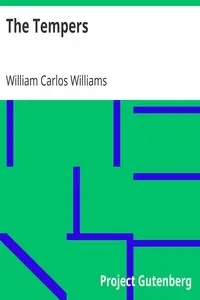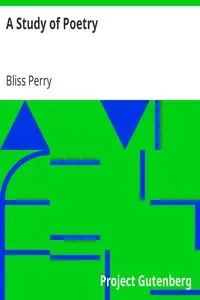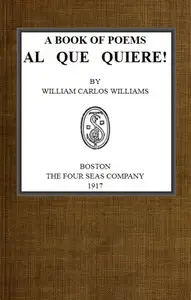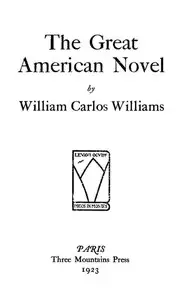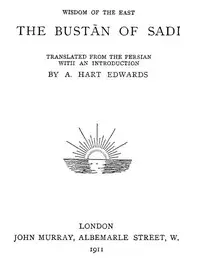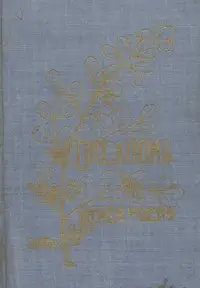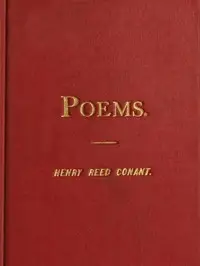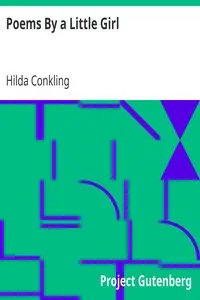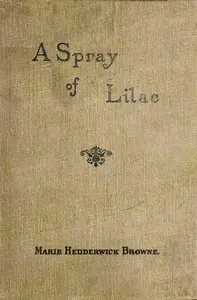"Kora in Hell: Improvisations" by William Carlos Williams is a compilation of imaginative poems from the early 1900s. It shows off Williams' experimental way of using words in a style that feels spontaneous and unbound. The main ideas look into the details of what it means to be human, the power of imagination, and the simple appeal of regular, daily life. The first part gives us interesting images and deep thoughts that mix the personal with big, general truths. Williams shares memories of his mom, filled with a funny but caring tone, showing how they both saw life as a mix of clear and puzzling. He also brings up talks he had about art with other artists, wondering about what it means to be original and what artists do for the world. This beginning part pulls readers into Williams' thinking space, where ordinary moments turn into creative sparks, surrounded by strong, meaningful pictures and reflections.
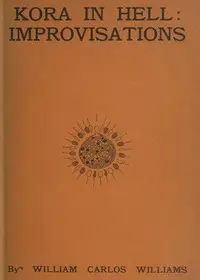
Kora in Hell: Improvisations
By William Carlos Williams
Enter a world where everyday life bursts into vibrant poetry fueled by imagination, as a writer explores existence, originality, and the art that binds them.
Summary
About the AuthorWilliam Carlos Williams was an American poet and physician of Latin American descent closely associated with modernism and imagism. His Spring and All (1923) was written in the wake of T. S. Eliot's The Waste Land (1922). In his five-volume poem Paterson (1946–1958), he took Paterson, New Jersey as "my 'case' to work up. It called for a poetry such as I did not know, it was my duty to discover or make such a context on the 'thought.'" Some of his best known poems, "This Is Just to Say" and "The Red Wheelbarrow", are reflections on the everyday. Other poems reflect the influence of the visual arts. He, in turn, influenced the visual arts; his poem "The Great Figure" inspired the painting I Saw the Figure 5 in Gold by Charles Demuth. Williams was awarded a posthumous Pulitzer Prize for Poetry for Pictures from Brueghel and Other Poems (1962).
William Carlos Williams was an American poet and physician of Latin American descent closely associated with modernism and imagism. His Spring and All (1923) was written in the wake of T. S. Eliot's The Waste Land (1922). In his five-volume poem Paterson (1946–1958), he took Paterson, New Jersey as "my 'case' to work up. It called for a poetry such as I did not know, it was my duty to discover or make such a context on the 'thought.'" Some of his best known poems, "This Is Just to Say" and "The Red Wheelbarrow", are reflections on the everyday. Other poems reflect the influence of the visual arts. He, in turn, influenced the visual arts; his poem "The Great Figure" inspired the painting I Saw the Figure 5 in Gold by Charles Demuth. Williams was awarded a posthumous Pulitzer Prize for Poetry for Pictures from Brueghel and Other Poems (1962).

